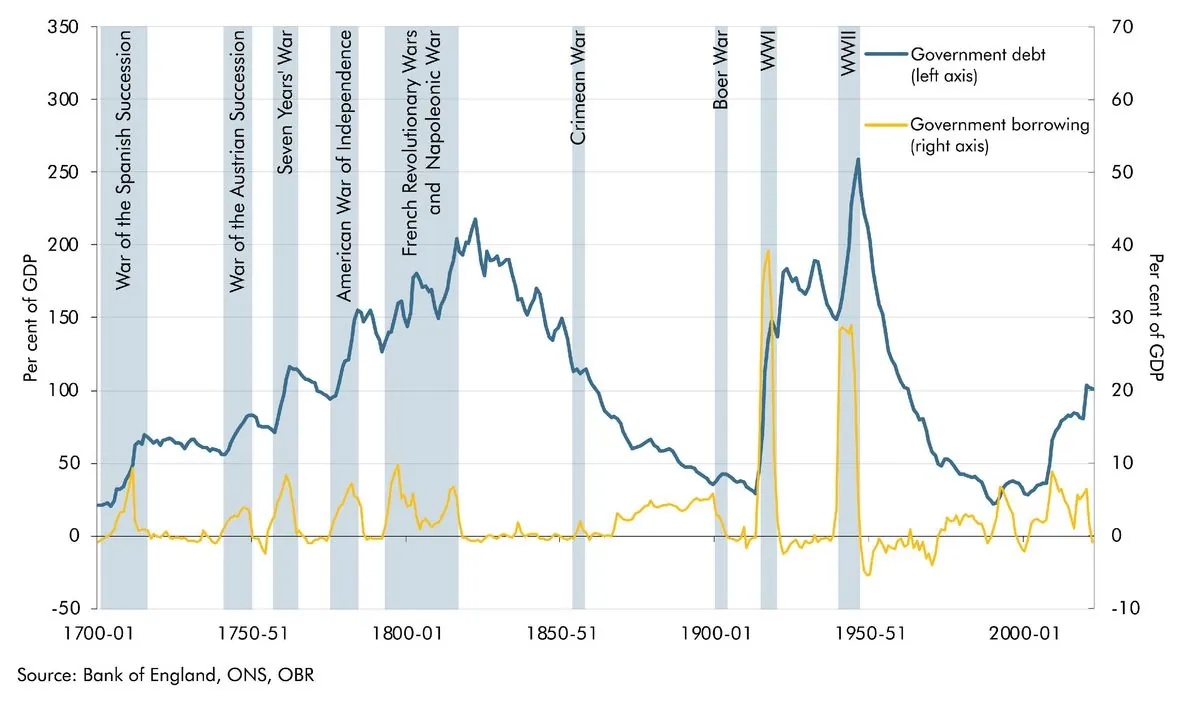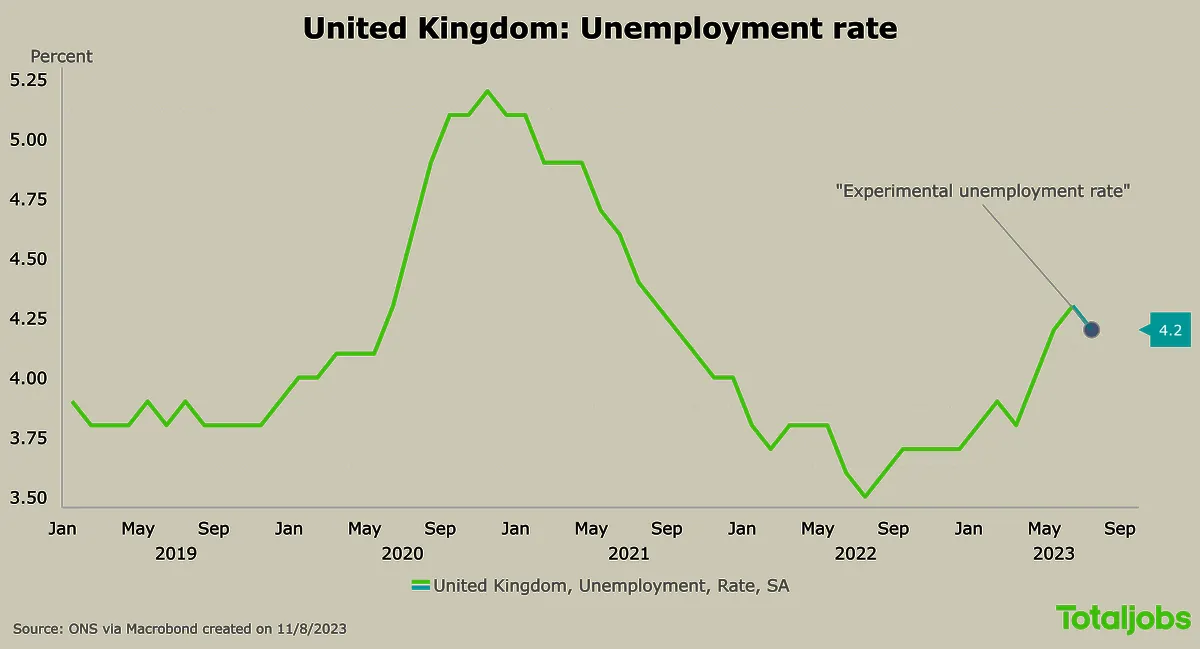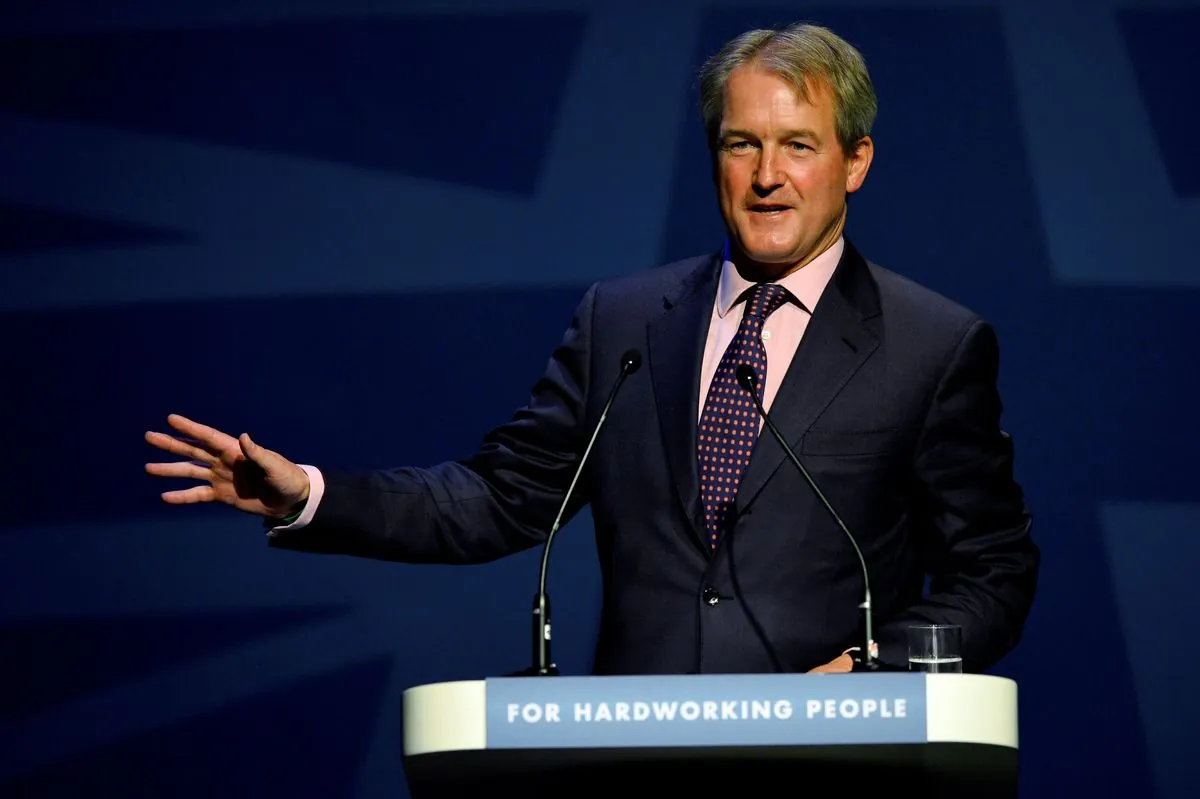UK's Regulatory Paradox: Public Demand vs Economic Reality
Despite government inefficiencies and economic challenges, some Britons favor increased state control. Recent equal pay cases highlight complexities in labor market regulation, raising concerns about unintended consequences.

In a perplexing trend, segments of the British public are advocating for an expanded government role, despite evident inefficiencies and economic challenges. This paradoxical desire comes at a time when UK government expenditure has reached levels not seen since the late 1970s, with the public sector workforce expanding by nearly 30% compared to 2016.
The current economic landscape paints a concerning picture. Growth has stagnated for two consecutive months, and output is 26% lower than projected pre-financial crisis trends. Despite these indicators, polling data suggests public support for increased economic regulation, particularly in the labor market.
This regulatory enthusiasm may stem from the often-hidden costs of such measures, while benefits like flexible work arrangements are more apparent. The UK government implemented the Equal Pay Act in 1970, marking the beginning of a series of labor market regulations. In 1983, regulations were introduced to align with the EU's Equal Pay Directive, extending the principle of equal pay to include work of "equal value."

Recent high-profile equal pay cases illustrate the complexities of these regulations. Asda faces a claim involving over 60,000 workers, questioning whether predominantly female store roles are equivalent to higher-paid, mainly male warehouse positions. Similarly, Next recently lost an employment tribunal on similar grounds.
"The female Next workers had been unfairly treated compared to their male counterparts in warehouse roles."
These cases highlight the subjective nature of job comparisons. Warehouse work, often perceived as less desirable due to conditions and location, may command higher wages to attract applicants. The Equal Pay Directive's implementation requires employers to have work evaluation schemes, a process fraught with subjectivity.
The UK's labor market has undergone significant changes since the introduction of these regulations. The gender pay gap has been steadily decreasing since 1997, and the UK now boasts one of the most flexible labor markets in Europe. However, productivity growth has remained sluggish since the 2008 financial crisis, presenting a challenge for policymakers.
Critics argue that further regulation could have unintended consequences. Companies facing legal risks might turn to automation or increase temporary contracts. The government already influences wages for millions through the National Minimum Wage and public sector pay scales. Additionally, occupational licensing limits entry to certain professions, potentially driving up costs.
As the UK navigates these complex issues, it's crucial to consider the potential long-term impacts of increased regulation. While addressing workplace inequalities is important, policymakers must balance this with the need for economic flexibility and growth. The public's desire for more government intervention should be weighed carefully against the realities of economic efficiency and unintended consequences.


































